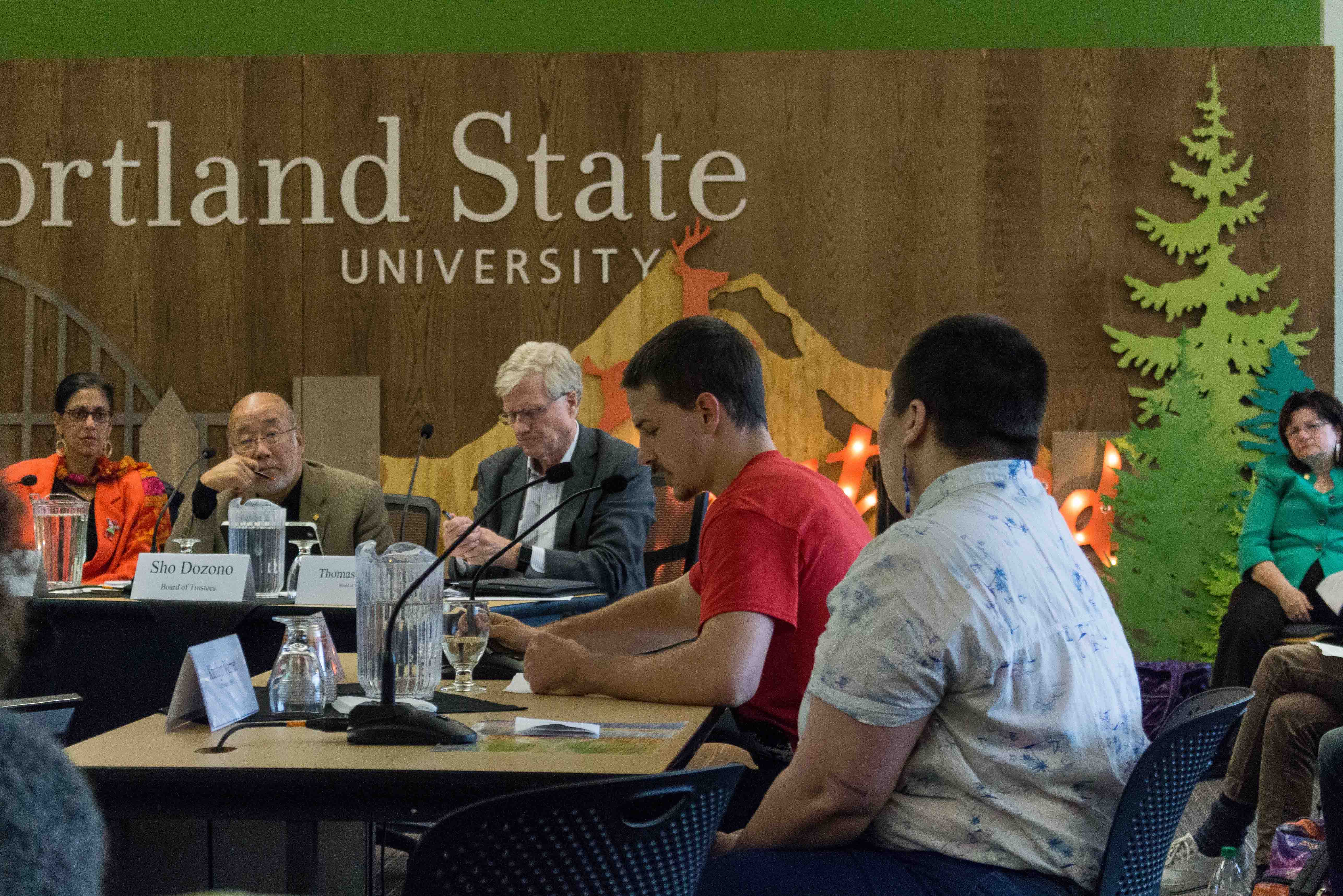PSU looks to future with nanotechnology
Portland State University professor Jun Jiao addressed the United States Senate Committee on Commerce, Science and Transportation last Thursday regarding the 21st Century Nanotechnology Research and Development Act.
Nanotechnology is an emerging field in which matter is manipulated at the atomic level in order to build materials, machines, and devices. Advances in the fields of nanoscience and nanotechnology could lead to breakthroughs in areas such as materials and manufacturing, nanoelectronics, medicine and healthcare, environment, energy, chemicals, biotechnology, agriculture, information technology and national security.
The bill, sponsored by Oregon Sen. Ron Wyden, is a proposal for government funding and assistance within the growing fields of nanoscience and nanotechnology. Having had her contributions to the field of nanotechnology documented in more than 60 publications, as well as having been an active member in the field for more than 10 years, Jiao was asked by Wyden to represent PSU and Oregon by serving as one of the eight testifying panelists, and the only one from the West Coast.
With her testimony centered on the theme of nanotechnology in the field of commercial applications, Jiao explained that PSU’s Center for Nanoscience and Nanotechnology is highly dedicated to the advancement of the field.
“Portland State University has made a tremendous commitment to nanotechnology research,” she said in her testimony. “We have built a first-class nanocharacterization and nanofabrication facility, which is unique in the Pacific Northwest. This enables researchers to study the materials’ properties at the atomic level and to create novel materials as well as nanodevices.”
Jiao co-founded the center with Erik Bodegom, chair of the PSU physics department, approximately three years ago. The nanotechnology facility has since acquired a state-of-the-art transmission electron microscope, a focused ion beam, as well as many other pieces of advanced equipment, Bodegom said.
The bill also outlined the creation of a National Nanotechnology Research Program.
The proposed program will include the formation of a President’s Nanotechnology Advisory Panel, the creation of a Center for Societal, Ethical, Educational, Legal and Workforce Issues Related to Nanotechnology, as well as the distribution of more than $500 million to various research facilities.
“The world is on the cusp of a nanotechnology revolution that will change our lives on a scale equal to, if not greater than, the computer revolution,” said Wyden, chair of the Subcommittee on Science, Technology and Space. “Only a smart, accelerated and coordinated approach to nanotechnology research, development and education will assure America leads the world’s charge in this innovative field.”
The proposed bill stresses the fact that governmental assistance is vital to the success of American researchers, and Jiao explained that current funding for research is far from sufficient.
“I want to emphasize that the research being done now in nanotechnology is producing exciting results, but the cost of production of innovations is beyond the reach of today’s consumers,” she said. “Therefore, research has to be done to optimize those processes. S. 189 will ensure that U.S. scientists receive reasonable funding for research to compete with their Asian and European counterparts, which have been strongly supported by their nations.”
Approximately $50 million of the proposed funding would go to interdisciplinary nanotechnology research centers, such as PSU, with the remaining funding being allocated to agencies such as the Department of Energy, the National Aeronautics and Space Administration, and the Department of Transportation. Despite the apparent necessity of continued research, no one can predict the full potential to be found in the field of nanotechnology.
“If I knew what was going to happen, I’d be in Hawaii with so many umbrella drinks around me,” Bodegom said. “If I knew I’d be done, I would invest in the stock market.”
The bottom line: “I don’t know, and neither does anybody else,” he said.



